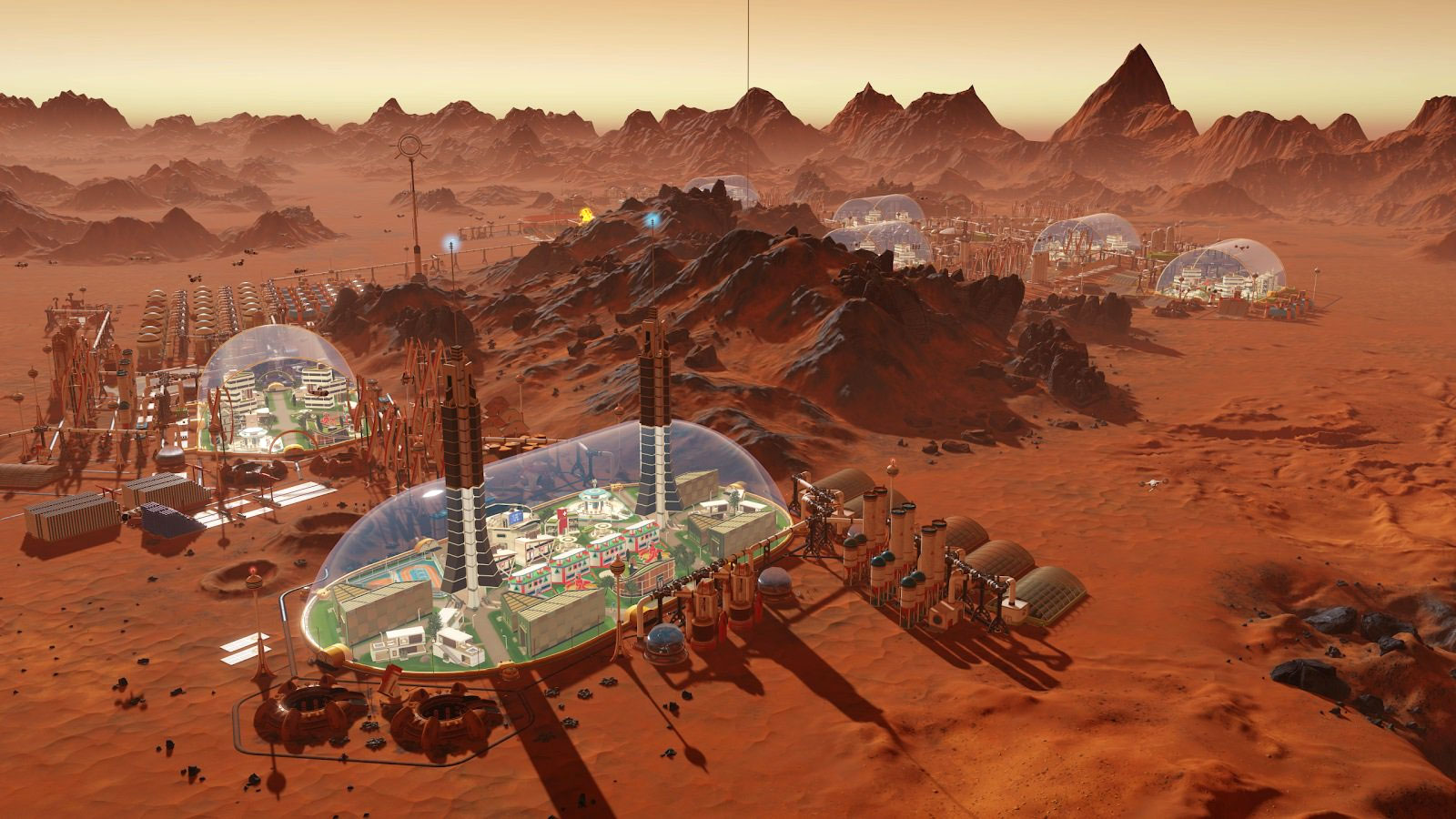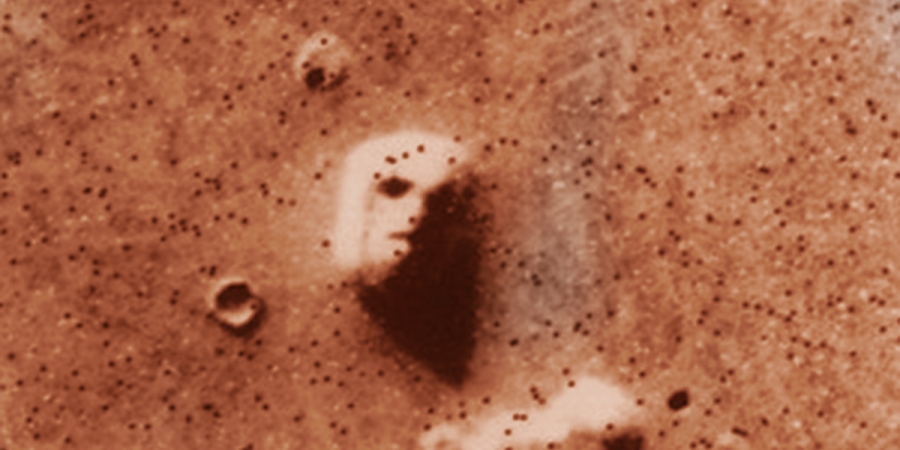
They discovered that its chromosomes and plasmids – double-stranded DNA molecules – are linked together, keeping them in perfect alignment and ready for repair after intense radiation. The astonishing survival of Conan the Bacterium is partially thanks to the bacterium's genomic structure, the researchers found. Researchers found Conan the Bacterium survived astronomical amounts of radiation in the freezing, arid environment – far outlasting the Bacillus spores, which can survive on Earth for millions of years. They also exposed the samples to far smaller doses, which would occur if a microorganism was deeply buried. They exposed six types of Earthling bacteria and fungi to a simulated Martian surface – which is frozen and dry – and zapped them with gamma rays or protons to mimic radiation in space.Īs well as Conan the Bacterium, the samples included one yeast, three Bacillus bacteria and Escherichia coli, a bacterium commonly found in the lower intestine of warm-blooded organisms. To explore whether or not life could survive in these conditions, the team first determined the ionizing radiation survival limits of microbial life. What's more, the arid and freezing conditions, which average -80☏ (-63☌) at mid-latitudes, make the Red Planet seem inhospitable to life. NASA estimates that for a six-month journey to Mars, an astronaut would be exposed to 300 milliSieverts of radiation - the equivalent of 24 CAT scans.

It's already well known to scientists that Mars has an incredibly thin atmosphere - around 0.6 per cent of that of Earth - meaning it's constantly bombarded by intense galactic cosmic radiation and solar protons.Īny human on its surface would be unprotected from the sun and its harmful radiation, and at risk of cancer, cardiovascular disease and 'cognitive decrements'. radiodurans cells can survive the equivalent of 280 million years in the frozen Martian subsurface.' 'If Martian life ever existed, even if viable life-forms are not now present on Mars. 'Resistance of microbes is a key parameter in considering survivability of microbes over geologic times on the frigid, arid surface of Mars,' the experts write.

A conflict can thus be resolved most effectively, where the change in contribution margin is minimised.The new study was led by experts at Northwestern University in Illinois and published today in the journal Astrobiology.

Forms of conflict resolution can be rated monetarily. How trains are prioritised impacts on the decisions taken to resolve a conflict and hence also on the ensuing delays. Changes in the contribution margin are extrapolated by comparison with delay-free timetable conditions. Revenues are set against variable costs to form a contribution margin per train run. The modal split thus computed reflects demand for the rail mode and is called upon to determine revenues.
Surviving mars face of mars software#
These delays are established for given train priorities using the LUKS-S software tool and serve as input variables for mode-choice models.ĭelays suffered by trains influence the mode of transport selected by the end-customer. Forms of conflict resolution have hitherto had no account to the implications for end-customers.įorming the basis for monetary ratings are the delays suffered by resolved train-running conflicts. Such an approach has only previously been adopted for strategic network planning. This article sets out a procedure that enables a monetary rating of conflict-resolution scenarios for train services to be conducted by coupling simulation procedures from railway operations research with mode-choice models.


 0 kommentar(er)
0 kommentar(er)
